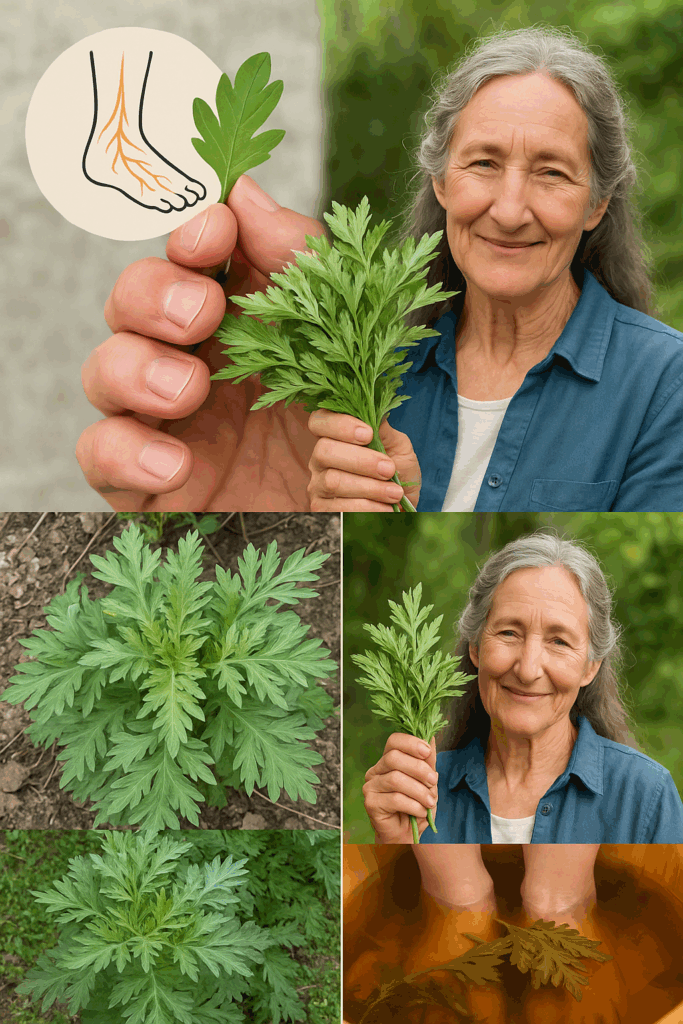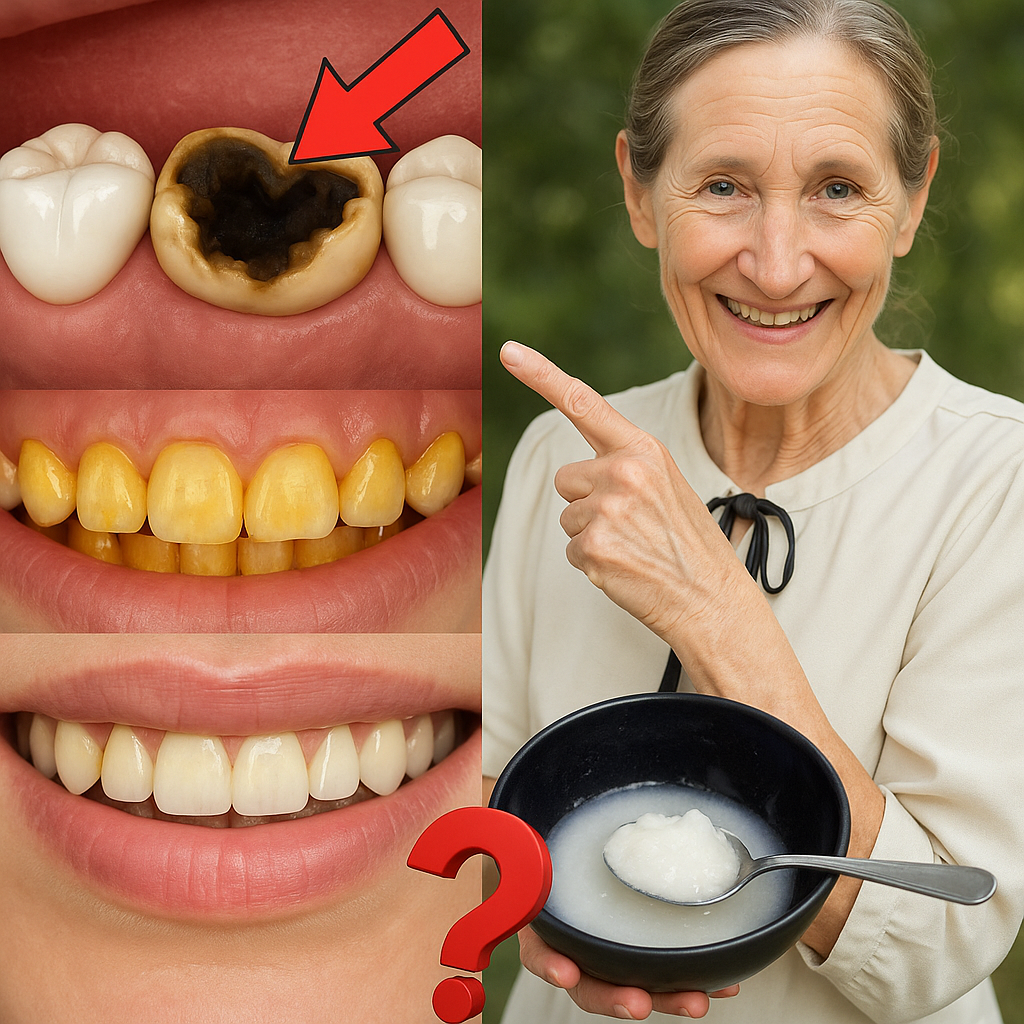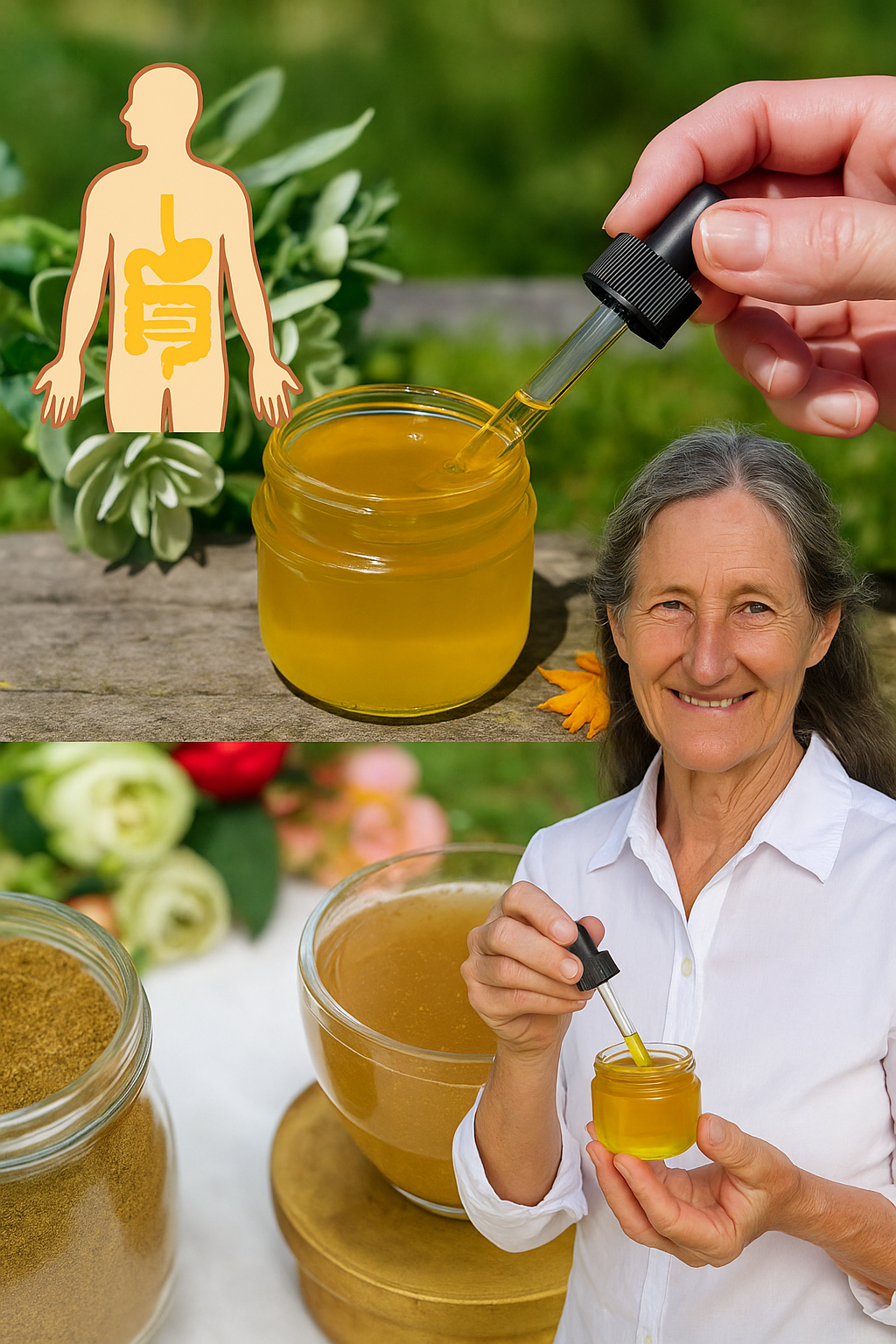In the wild corners of gardens, along forgotten fences, and tucked into forest edges, grows a plant with deep roots in both folklore and healing. Often brushed aside as a weed, mugwort (Artemisia vulgaris) is, in truth, one of nature’s most versatile and potent medicinal herbs—treasured across cultures for centuries and now finding new relevance in modern natural medicine.
From supporting digestion and hormonal balance to soothing skin and calming the mind, mugwort offers a holistic approach to wellness that’s both gentle and powerful. Let’s explore how you can safely integrate this time-honored herb into your daily health routine.

🌍 1. Historical Significance: From Myth to Medicine
Mugwort has long held a sacred place in ancient European, Chinese, Korean, and Indigenous American traditions. It was used to ward off evil, enhance dreams, and cleanse the body and spirit. Medieval herbalists used it to protect travelers and bring balance to the female body. In Traditional Chinese Medicine (TCM), mugwort is used in moxibustion—a technique where dried mugwort is burned near the skin to improve energy flow and treat pain.
This blend of cultural reverence and medicinal application has kept mugwort in herbalist circles for thousands of years.
🍵 2. Digestive Aid: Calm Your Gut, Naturally
Mugwort is especially valued for its bitter compounds, which stimulate digestive enzymes and bile production. These compounds help relieve bloating, indigestion, flatulence, and sluggish digestion—common problems in today’s fast-paced dietary culture.
How to Use:
– Steep 1–2 teaspoons of dried mugwort leaves in hot water for 5–10 minutes.
– Drink warm, preferably before or after meals, to aid digestion.
– Not for daily use—rotate with other digestive herbs for balance.
🌿 3. Skin Soother: Anti-Inflammatory and Antimicrobial
Whether you’re managing eczema, rashes, or insect bites, mugwort offers a gentle touch. Its anti-inflammatory and antimicrobial properties help calm redness, itchiness, and swelling while also protecting against infection.
How to Use:
– Poultice: Mash fresh leaves and apply directly to the skin.
– Infused Oil: Soak mugwort in olive or jojoba oil for 2–3 weeks, then strain and apply topically to irritated skin.
– Add mugwort tea to bathwater for whole-body skin relief.
🌸 4. Menstrual Cycle Regulation & Hormonal Support
Mugwort is one of the most respected emmenagogues in herbal medicine—used to stimulate menstrual flow, ease cramping, and regulate hormonal fluctuations. It may also help reduce symptoms related to PMS and menopause, such as mood swings, hot flashes, and fatigue.
How to Use:
– Drink mugwort tea 2–3 days before your expected cycle or during the onset of cramps.
– Always use with caution—not safe during pregnancy due to its stimulating effects on the uterus.
– Consult a herbalist for personalized guidance, especially if you’re taking medications or have hormonal conditions.
🛡️ 5. Natural Antimicrobial Ally
Studies show mugwort’s essential oils contain compounds effective against bacteria and fungi, making it an excellent addition to natural first aid kits or homemade skin cleansers.
How to Use:
– Apply diluted mugwort tincture or cooled tea to minor wounds or fungal spots.
– Use as a foot soak for athlete’s foot or yeast-related skin irritations.
😌 6. Calm the Nerves, Support Sleep
Mugwort has a gentle, sedative effect that can help ease anxiety, tension, and insomnia. It’s also associated with enhanced dreaming and has been used to support lucid dreams or spiritual clarity during rest.
How to Use:
– Drink a cup of mugwort tea in the evening to calm the nervous system and promote deeper sleep.
– Place dried mugwort leaves in a dream pillow beneath your pillowcase for more vivid dreams.
– Consider a warm foot bath with mugwort tea before bedtime.

🌱 How to Use Mugwort: Forms & Methods
✅ Tea – Dried leaves steeped in hot water, great for digestion, anxiety, and hormone support.
✅ Tincture – Alcohol extract, more potent and longer-lasting than tea. Use drops under the tongue or in water.
✅ Infused Oil – Topical relief for skin irritations and joint pain.
✅ Poultice – Fresh leaves applied directly to the skin for healing wounds and rashes.
✅ Bath Soak – Add a handful of dried mugwort to a warm bath to calm nerves and soothe skin.
✅ Moxibustion (Advanced Use) – Used in Traditional Chinese Medicine for pain and circulation, but best applied under guidance.
⚠️ Caution & Contraindications
Mugwort is potent and should be respected.
– Do not use during pregnancy or while breastfeeding—it may stimulate the uterus.
– Avoid long-term or high-dose internal use without professional guidance.
– Individuals with ragweed or daisy family allergies may also react to mugwort.
– Always consult your healthcare provider before beginning any herbal routine if you’re on medications or managing a chronic illness.
🌿 Final Thoughts: A Timeless Healer with Modern Potential
Mugwort isn’t just a weed—it’s a wise, ancient herbal ally with the power to heal, restore, and balance. From calming digestive woes to soothing skin, easing menstrual pain, and inviting restful sleep, this one plant offers a full-spectrum approach to everyday wellness.
Incorporating mugwort into your herbal routine—mindfully and in moderation—can reconnect you with a healing tradition that spans generations. Let this once-revered plant find its place again—not in forgotten corners, but at the center of a natural, intentional lifestyle.
Because sometimes, the most profound medicine grows right beneath our feet.


